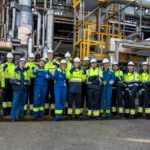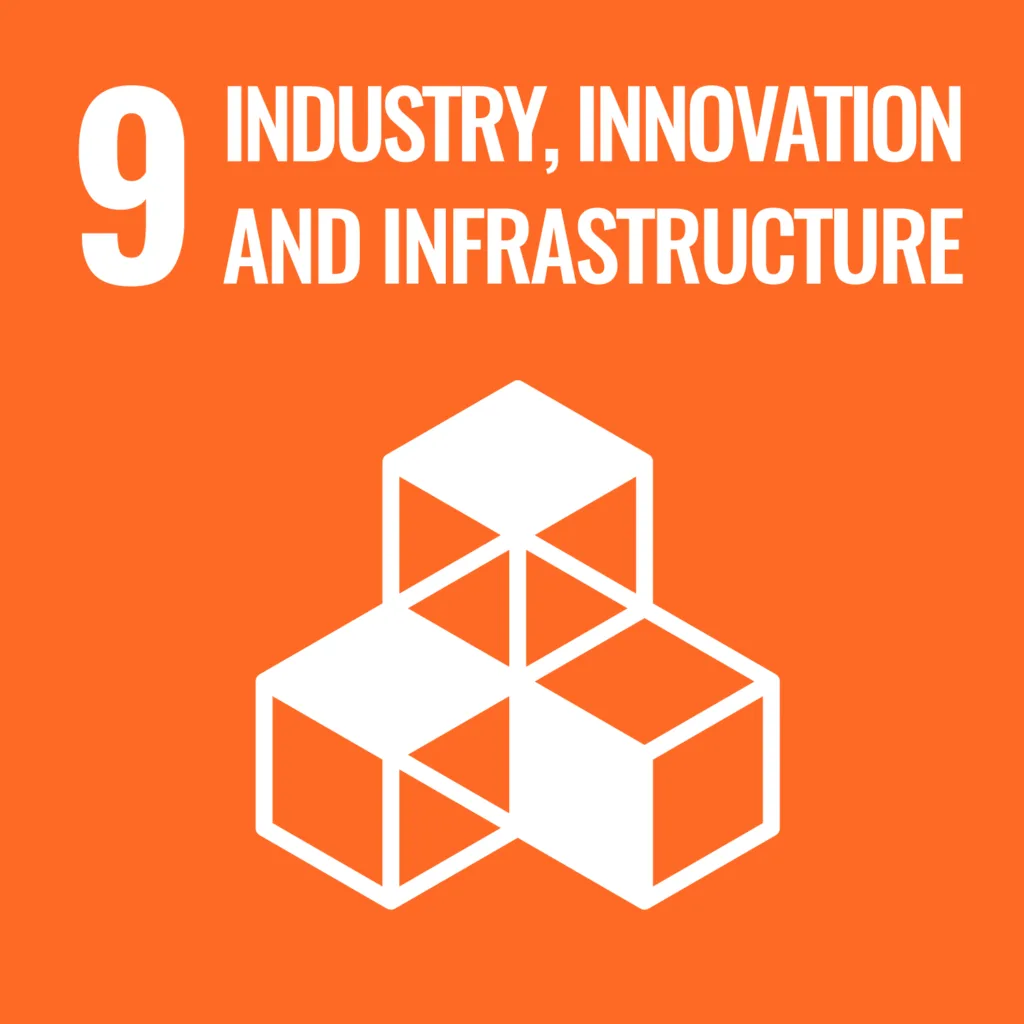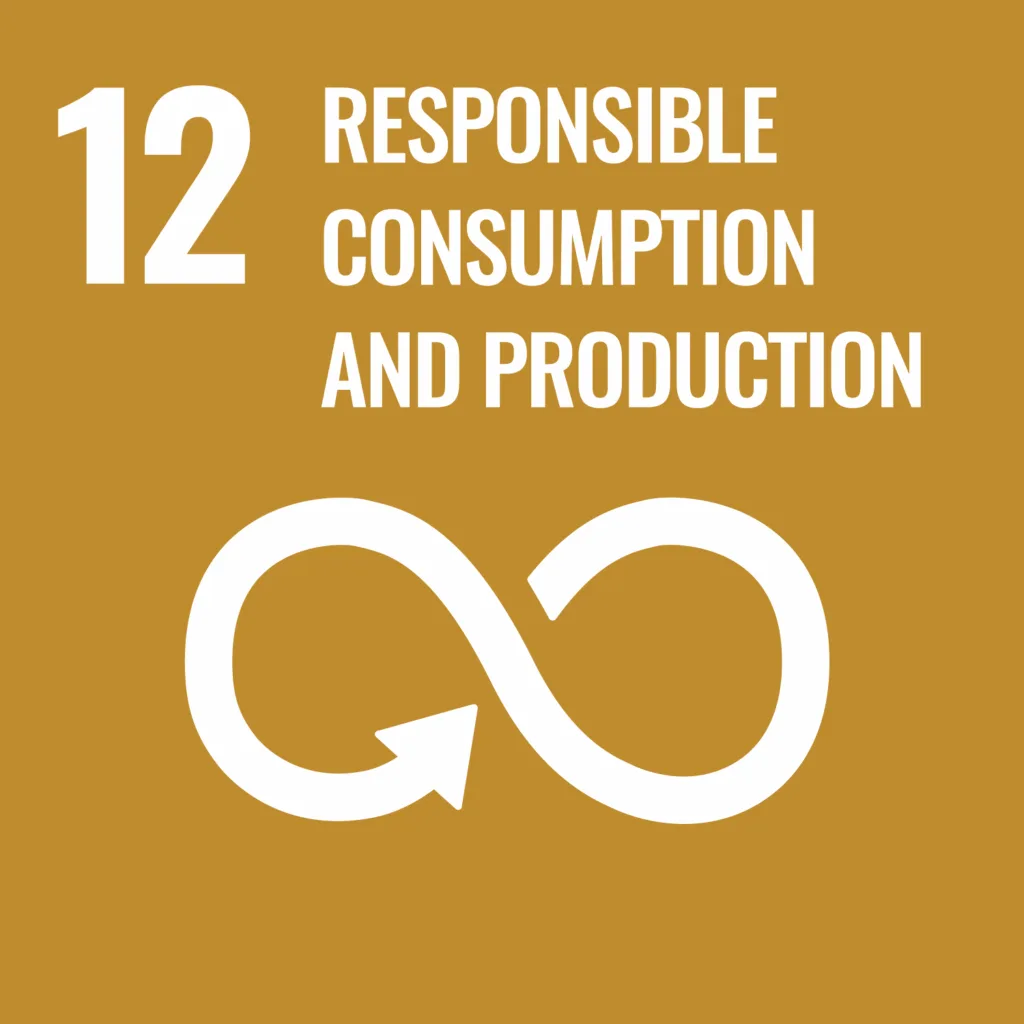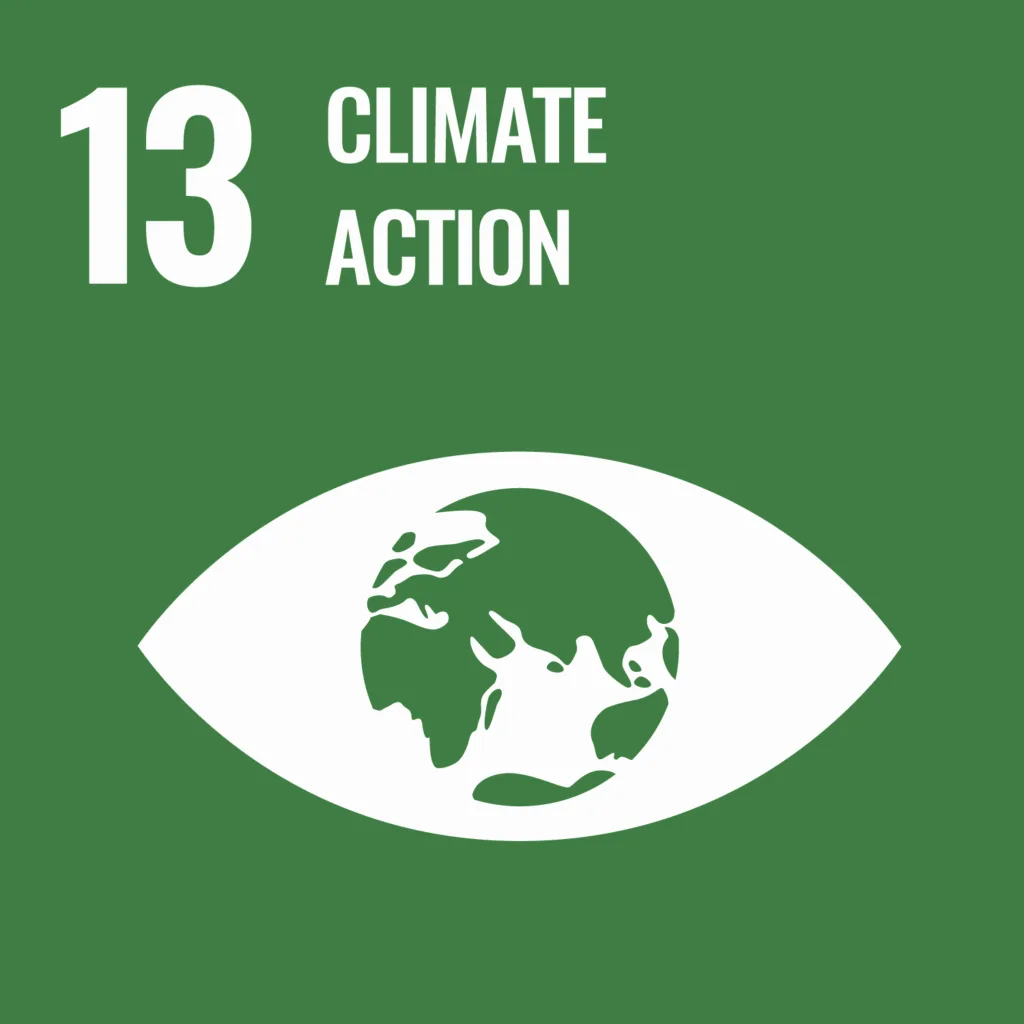Some of the world’s most advanced industrial regions are rethinking how industries operate, moving beyond traditional production methods to embrace industrial symbiosis, where companies collaborate by sharing energy, materials, and resources to minimise waste and emissions. In Europe, the Port of Antwerp-Bruges is a leading example of this approach, fostering a circular economy through strategic clustering of industries.
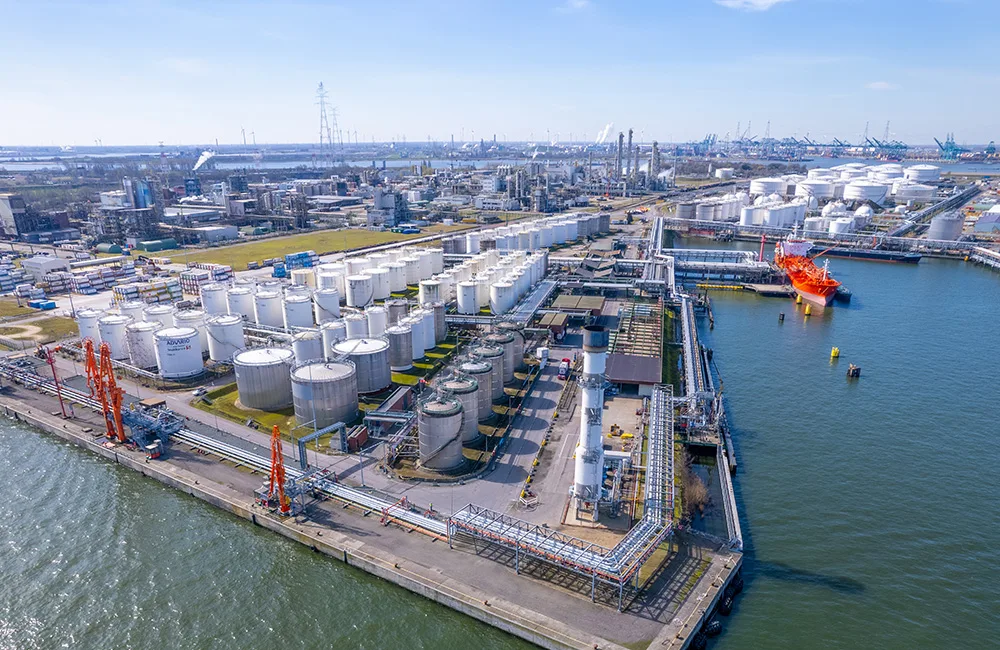
A hub for circular innovation
The Antwerp chemical complex, often called the “Chemical Port of Europe”, is one of the world’s largest chemical clusters. It brings together major global chemical and refinery companies, benefiting from proximity to key industrial and consumer markets within a 1,000 km radius. This concentration of industries creates opportunities for collaboration in resource-sharing and sustainability projects.
One key initiative is the NextGen District, an 88-hectare zone within the Port of Antwerp dedicated to the recovery of raw materials from end-of-life products (recycling) by process industries and energy transition projects. Candidates for these projects must demonstrate synergies with existing industries in terms of material flows, energy, water usage, and sustainability impact.
Circular economy in action
The NextGen District is home to multiple pioneering projects, including:
- Plastics recycling (PureCycle and Triple Helix)
- Repurposing chemicals from end-of-life tires (Bolder Industries)
- Green hydrogen production (Plug)
- Producing cooling and process water out of municipal wastewater (Ekopak)
The Port of Antwerp-Bruges actively monitors the efficiency of these collaborations to ensure maximum impact. By turning industrial waste into resources, reducing emissions, and fostering new technologies, this model paves the way for more sustainable industrial practices worldwide.



